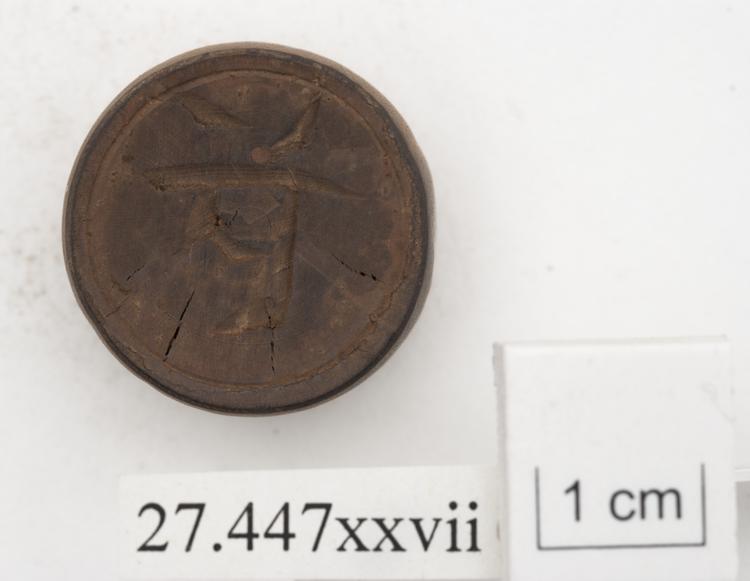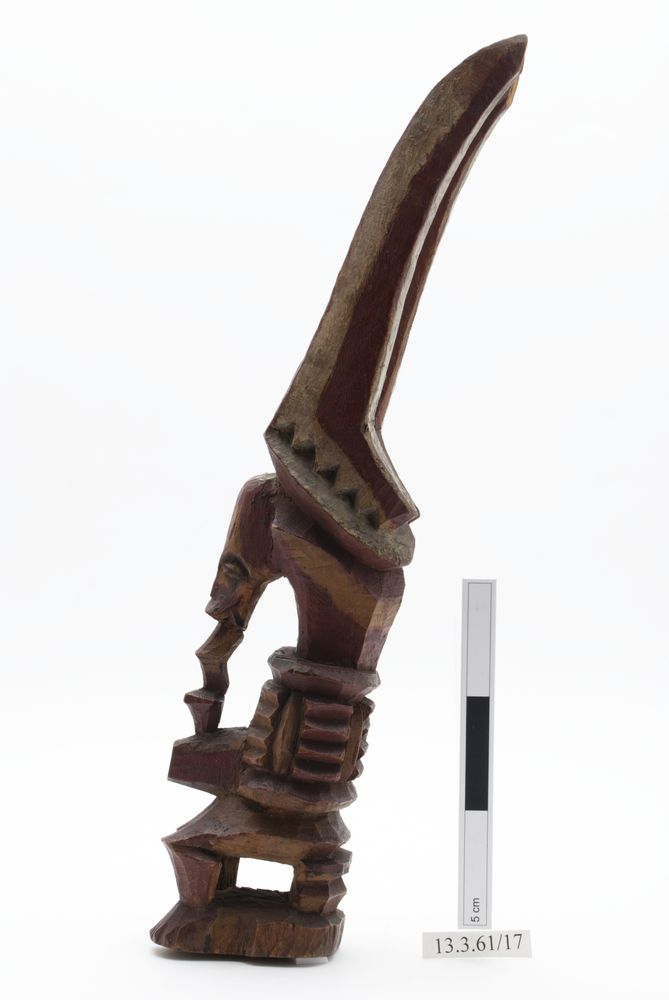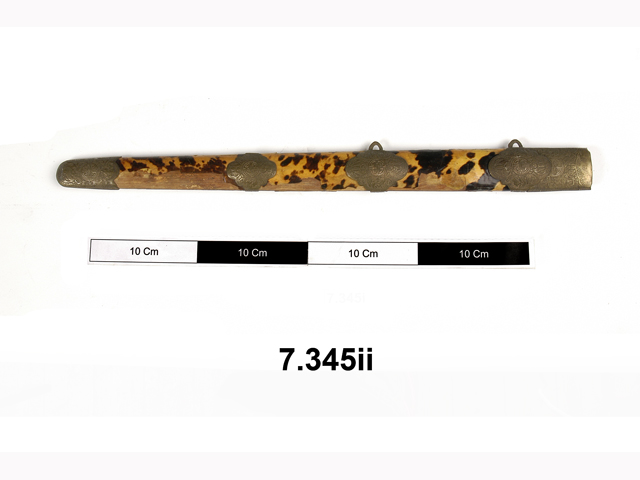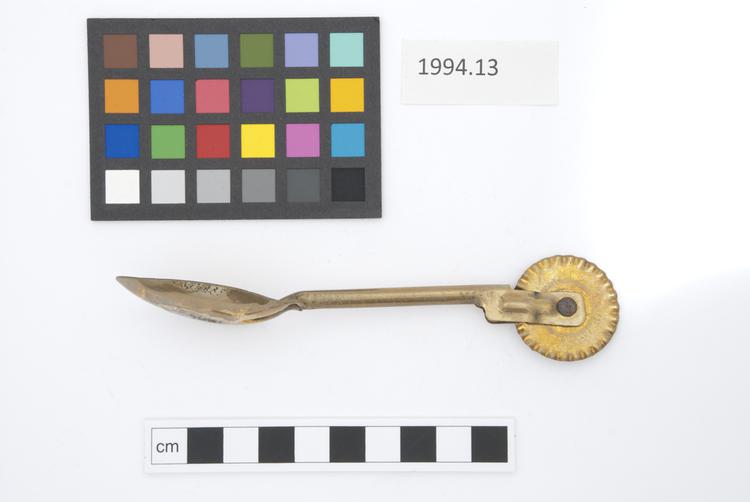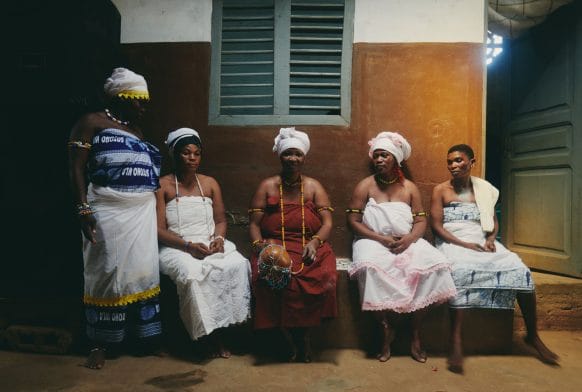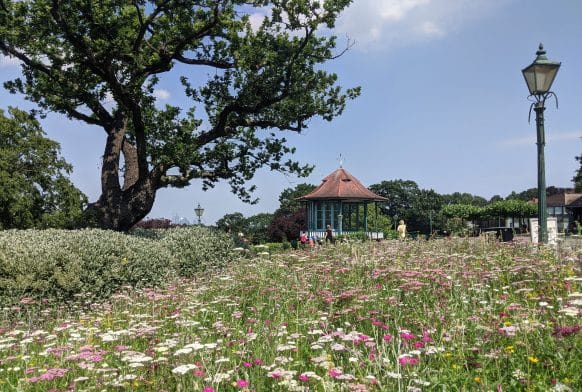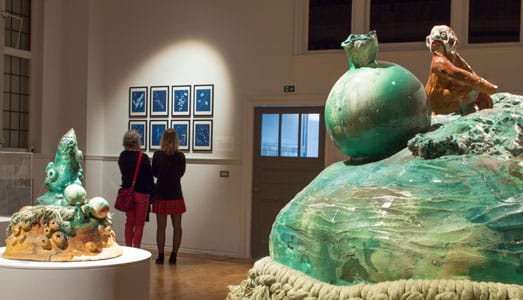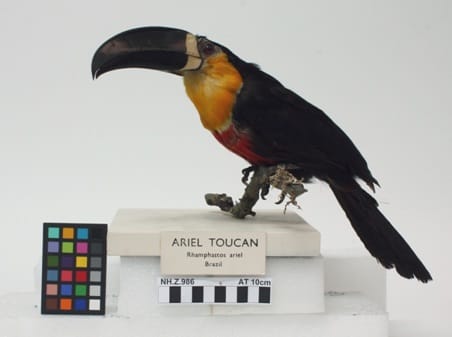Wig of dyed human hair, with locks tied into a coir hairnet .
Man’s Wig, Ulumate, Fiji, Western Polynesia. Literally a ‘dead head’, ulumate wigs from Fiji were worn by men for a number of different reasons. For most men, they were worn as simple vanities, either to replace what aging had taken, or to cover a shaven head while the hair grew back in. Fijians generally shaved their heads when they were in mourning for a close relative, and this was a great sacrifice. Like most other Polynesian and Melanesian men, the Fijians were traditionally very conscious of their personal appearance, and spent a lot of time dyeing and trimming their hair and beards. Sometimes, a person might shave their head to ease a problem with lice, but there were generally herbal medicines for such things. For some men, however, the ulumate was a badge of office: an early anthropologist of Fiji, A.M. Hocart tells us how some men were appointed to the title of qita, and had the exclusive right to harvest the delicious but scarce wi fruit (Eugenia brasiliensis) for each village. The qita was entitled to spear anyone who stood in his path while he brought the wi fruit to the village temple (bure), or who sought to interfere with his equal sharing out of the fruit. The ulumate wig was only one part of a complex costume that the qita put on to fulfil his role. In earlier times, ulumate were always made from human hair – either that of victims taken and killed in war, of women, or of slaves. This was tied, lock by lock, into a finely made net of coconut fibre. The wig was stored inside-out to maintain its body. Following the introduction of the horse into Fiji as a draft animal for the sugar plantations, many ulumate were made from horse-hair. Human hair, coconut fibre. Mid 19th Century. Formerly in the private collection of James Edge Partington.
These wigs were used to conceal baldness, which might be natural, or result from ceremonial shaving of the head during mourning observances.



